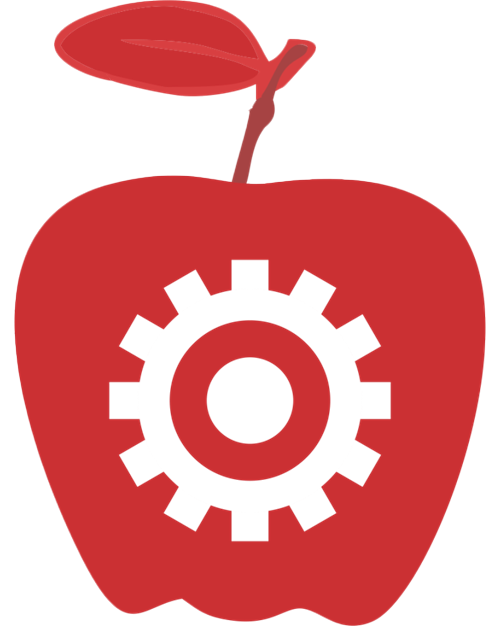
9
julioAre You Responsible For An Door Handle Mechanism Budget? 12 Best Ways To Spend Your Money
Understanding Door Handle Mechanism: Types, Functions, and Maintenance
Door handles are an often-overlooked component of our lives, yet they play a crucial function in the performance and security of our homes and workplaces. While their main purpose is to supply access, the underlying systems can vary considerably, influencing how they operate and their longevity. This short article will explore various kinds of door handle systems, their functions, and important maintenance tips.
Types of Door Handle Mechanisms
Door handles come in a number of styles and mechanisms, each matched for different purposes. Here are the most common types:
1. Lever Handle Mechanisms
Often seen in residential and commercial settings, lever handles are popular due to their ease of use. They feature a lever that, when lowered, operates a latch or bolt. Lever handles can be spring-loaded or based upon a more intricate mechanism:
- Spring-Loaded Lever Handles: Utilize a spring to return the lever to its original position.
- Locked Lever Handles: Feature a built-in locking mechanism, using increased security.
2. Knob Handle Mechanisms
Knob handles are a classic choice, identified by a round handle that need to be turned to operate the lock. While they can be visually pleasing, they in some cases present ease of access issues, specifically for young kids or people with impairments. There are two main types:
- Single-Cylinder Knob Handles: Operated by turning the knob and normally need a key for locking.
- Double-Cylinder Knob Handles: Use a key on both sides, making them more safe but less convenient in emergency situations.
3. Push-Pull Mechanisms
Common in commercial structures, push-pull handles supply a straightforward means of accessing an area without the need for twisting or turning. These handles frequently include an easy rod mechanism that engages a lock when pressed or pulled.
4. Electronic and Smart Door Handles
With the rise of innovation, electronic door handles have actually gotten appeal, including keypads, biometric scanners, or wise connection. These ingenious systems offer increased security and benefit, allowing users to open doors utilizing codes, fingerprints, or mobile apps.
5. Mortise Locks
Mortise locks integrate the door handle mechanism within a pocket cut into the edge of the door. This design permits a more robust locking system and is frequently used in high-end residential and commercial applications. Mortise locks typically offer deadbolts for added security.
6. Rim Locks
Rim locks are installed on the surface of the door, making installation simpler than mortise locks. They often accompany knob or lever handles and provide fundamental security functions suitable for internal doors or secondary entryways.
How Door Handle Mechanisms Work
Comprehending how door handle mechanisms function needs some understanding of their internal parts. A lot of systems run on the concept of a lock or bolt that protects or opens the door. Here's a simplified breakdown:
- Latch Bolt: The primary element that engages with the door frame to keep the door closed. When the handle is turned or pressed, the latch bolt pulls back, allowing the door to open.
- Strike Plate: This is a metal plate affixed to the door frame, which the lock bolt protects into when the door is closed.
- Escutcheon Plate: The ornamental plate that usually surrounds the door handle, hiding the screws and offering the door a completed look.
- Cylinder: In locking systems, the cylinder is where a key is inserted to turn and protect or unlock the door.
Maintenance Tips for Door Handle Mechanisms
Regular maintenance makes sure that door handle mechanisms function efficiently and last longer. Here are some important maintenance tips:
- Clean Handles and Locks: Use a microfiber cloth to clean down door handles frequently. Dust and dirt can accumulate in the mechanism, causing it to jam.
- Lube Moving Parts: Every six months, apply a silicone-based lube to the moving parts of the mechanism to ensure smooth operation. Avoid using grease, which can attract dirt.
- Look for Tightness: Ensure screws and bolts are tight. Loose handles can cause endure internal elements and may require replacement quicker than expected.
- Check for Wear and Tear: Regularly check handles for indications of wear, such as scratches, damages, or corrosion. Replacing worn-out parts immediately can avoid more considerable issues down the line.
- Test Locks: If the door handle functions a locking mechanism, check that the lock operates properly. If it jams frequently, it may need to be lubricated or changed.
Frequently Asked Questions (FAQs)
1. What is the most common type of door handle mechanism?
The most common types of door handle systems are lever handles and round knobs. Each has its advantages, with lever handles typically being more available.
2. How do I pick the right door handle for my home?
Consider aspects such as functionality (interior or RepairMyWindowsAndDoors exterior), security requirements, and visual preferences when choosing a door handle. Likewise, consider the door material and thickness for compatibility.

3. Can I set up a door handle myself, or should I hire a professional?
Numerous door handles can be set up with fundamental tools and DIY abilities. However, if you're uneasy dealing with door hardware or have distinct specifications, employing a professional is a good idea.
4. How often should I maintain my door handle systems?
Regular maintenance ought to happen every six months, including cleaning, lubrication, and assessment for wear and tear.
5. What should I do if my door handle is sticking or jamming?
If a door handle is sticking or jamming, it may require lubrication or change. Inspect for loose screws and ensure the lock bolt is lined up properly. If issues persist, think about consulting a professional.
Door handle mechanisms are essential to the security and ease of access of our spaces. By comprehending the different types and how they work, homeowners and organizations can make educated options concerning their door hardware. Regular maintenance is vital to make sure these systems work efficiently and stay reliable for several years to come. Whether choosing conventional models or advanced clever innovation, choosing the ideal door handle is a financial investment in safety and benefit.


Reviews